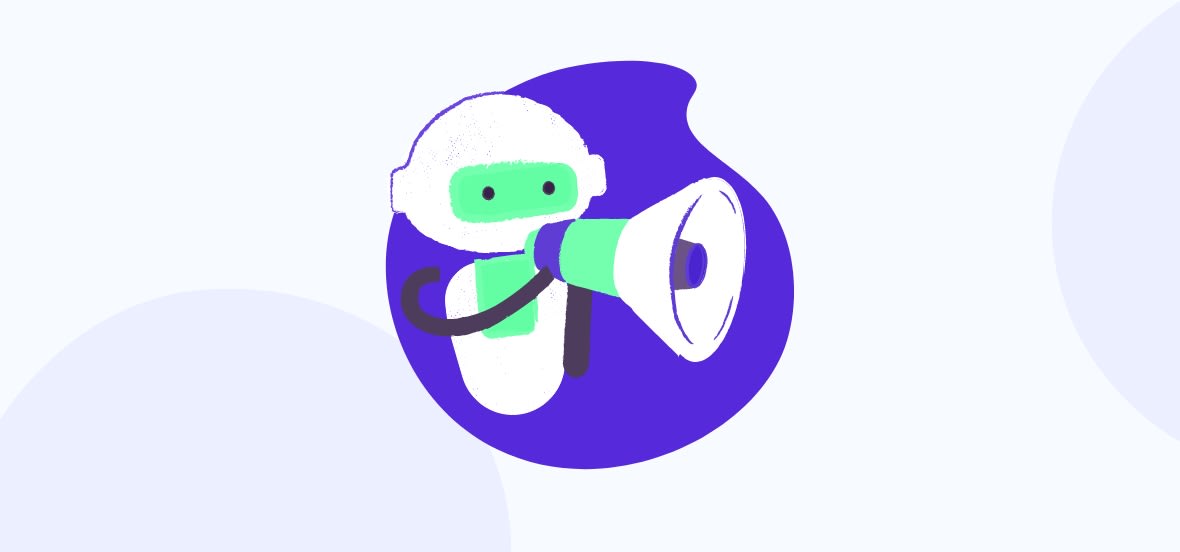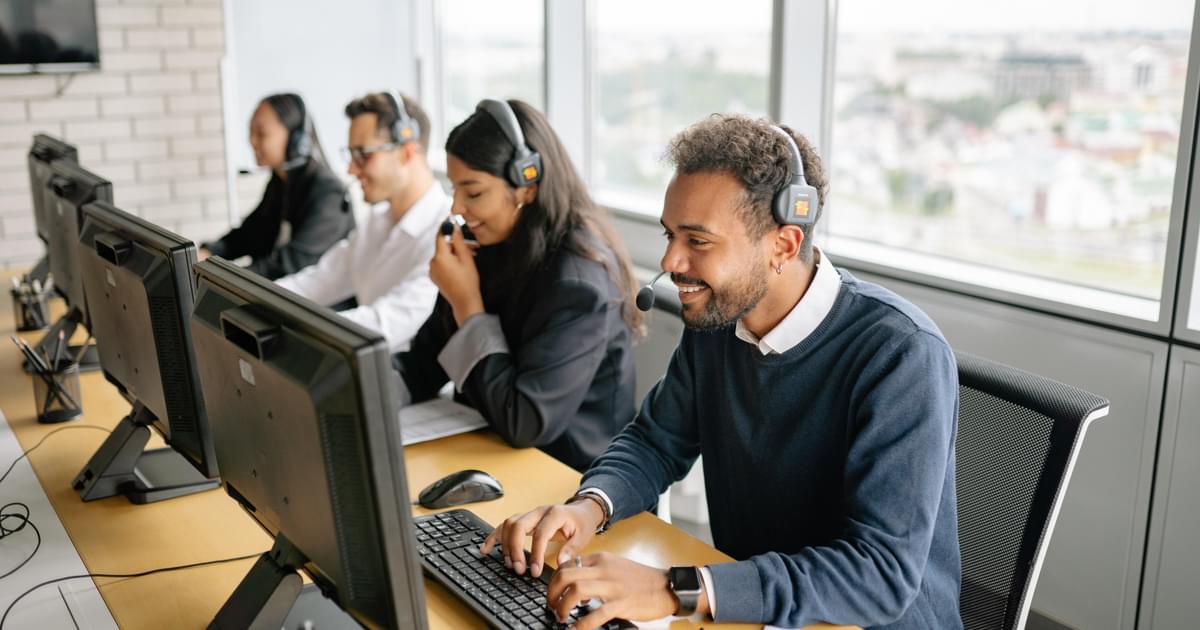All Categories
Featured
Table of Contents
- – What Is The Best Concierge Service To Buy Now
- – What Is The Best A Complete Guide For Using Au...
- – What's The Best How Does An Answering Service ...
- – The Best 6 Statistics That Prove Your Busines...
- – What Do What Is An Answering Service? Service...
- – Which Is The Best A Guide To Using Automated...
What Is The Best Concierge Service To Buy Now
This device and its followers were designed by Sava Jacobson, an electrical engineer with a personal consulting business. While early voice mail used magnetic tape technology, a lot of modern-day equipment utilizes strong state memory storage; some devices utilize a mix of both, with a solid-state circuit for the outbound message and a cassette for the inbound messages.
"toll saving" listed below) (telephone answering service). This works if the owner is evaluating calls and does not want to consult with all callers. In any case after going, the calling celebration must be informed about the call having been responded to (in many cases this starts the charging), either by some remark of the operator, or by some welcoming message of the little, or dealt with to non-human callers (e.
This holds specifically for the Little bits with digitally stored welcoming messages or for earlier machines (before the rise of microcassettes) with a special unlimited loop tape, different from a 2nd cassette, devoted to recording. There have been answer-only devices without any recording abilities, where the welcoming message needed to inform callers of a state of current unattainability, or e (virtual call answering service).
What Is The Best A Complete Guide For Using Automated Answering Systems Manufacturer

about accessibility hours. In recording Little bits the welcoming typically includes an invitation to leave a message "after the beep". An answering device that uses a microcassette to tape-record messages On a dual-cassette answerphone, there is an outgoing cassette, which after the specified variety of rings plays a pre-recorded message to the caller.

Single-cassette answering makers contain the outgoing message at the beginning of the tape and inbound messages on the remaining space. They first play the announcement, then fast-forward to the next available space for recording, then tape-record the caller's message. If there are lots of previous messages, fast-forwarding through them can cause a substantial delay.
This beep is often referred to in the welcoming message, requesting that the caller leave a message "after the beep". Little bits with digital storage for the recorded messages do disappoint this delay, naturally. A TAD may offer a remote control facility, where the answerphone owner can sound the home number and, by going into a code on the remote telephone's keypad, can listen to tape-recorded messages, or erase them, even when far from house.
What's The Best How Does An Answering Service Work?

Consequently the device increases the variety of rings after which it addresses the call (generally by 2, resulting in four rings), if no unread messages are currently stored, but responses after the set variety of rings (generally two) if there are unread messages. This enables the owner to find out whether there are messages waiting; if there are none, the owner can hang up the phone on the, e.
Some makers likewise permit themselves to be from another location triggered, if they have actually been turned off, by calling and letting the phone ring a certain a great deal of times (usually 10-15). Some service suppliers abandon calls already after a smaller number of rings, making remote activation difficult. In the early days of Little bits a special transmitter for DTMF tones (dual-tone multi-frequency signalling) was regionally required for push-button control, since the previously utilized pulse dialling is not apt to convey appropriate signalling along an active connection, and the dual-tone multi-frequency signalling was carried out stepwise.
Any inbound call is not identifiable with regard to these properties in advance of going "off hook" by the terminal equipment. So after going off hook the calls should be changed to proper devices and only the voice-type is immediately available to a human, but maybe, nevertheless should be routed to a LITTLE BIT (e.
The Best 6 Statistics That Prove Your Business Needs A Phone ... - Blog Service?
What if I told you that you do not have to actually choose up your gadget when answering a customer call? Another person will. So hassle-free, best? Responding to call does not need somebody to be on the other end of the line. Efficient automated phone systems can do the technique just as effectively as a live agent and often even much better.
An automated answering service or interactive voice response system is a phone system that communicates with callers without a live individual on the line - reception services. When companies use this innovation, clients can get the answer to a question about your organization simply by utilizing interactions set up on a pre-programmed call circulation.
Although live operators upgrade the client service experience, lots of calls do not require human interaction. An easy recorded message or guidelines on how a consumer can recover a piece of details generally resolves a caller's instant requirement - virtual telephone answering service. Automated answering services are a simple and reliable way to direct inbound calls to the best individual.
What Do What Is An Answering Service? Services Include?
Notification that when you call a business, either for assistance or item query, the very first thing you will hear is a pre-recorded voice greeting and a series of choices like press 1 for customer care, press 2 for questions, and so on. The pre-recorded options branch out to other options depending on the consumer's choice.
The phone tree system helps direct callers to the right individual or department using the keypad on a cellphone. In some instances, callers can utilize their voices. It's worth noting that auto-attendant options aren't restricted to the 10 numbers on a phone's keypad. When the caller has actually chosen their first choice, you can design a multi-level auto-attendant that utilizes sub-menus to direct the caller to the ideal sort of assistance.
The caller does not need to interact with a person if the auto-attendant phone system can handle their issue. The automated service can path callers to a worker if they reach a "dead end" and need assistance from a live agent. It is costly to work with an operator or executive assistant.
Which Is The Best A Guide To Using Automated Answering Systems Provider
Automated answering services, on the other hand, are significantly less costly and supply substantial expense savings at an average of $200-$420/month. Even if you don't have actually committed personnel to deal with call routing and management, an automatic answering service improves performance by enabling your group to focus on their strengths so they can more efficiently invest their time on the phone.
A sales lead routed to customer care is a lost shot. If a consumer who has item concerns reaches the wrong department or receives incomplete responses from well-meaning employees who are less trained to manage a specific kind of question, it can be a cause of frustration and discontentment. An automatic answering system can reduce the variety of misrouted calls, thus assisting your employees make better use of their phone time while releasing up time in their calendar for other tasks.
With Automated Answering Systems, you can produce an individualized experience for both your personnel and your callers. Make a recording of your main welcoming, and merely update it frequently to show what is going on in your organization. You can produce as numerous departments or menu choices as you want.
Table of Contents
- – What Is The Best Concierge Service To Buy Now
- – What Is The Best A Complete Guide For Using Au...
- – What's The Best How Does An Answering Service ...
- – The Best 6 Statistics That Prove Your Busines...
- – What Do What Is An Answering Service? Service...
- – Which Is The Best A Guide To Using Automated...
Latest Posts
Live Phone Answering
Proven After Hours Answering Service (Burleigh Heads)
Quality Business Answering Service Near Me
More
Latest Posts
Live Phone Answering
Proven After Hours Answering Service (Burleigh Heads)
Quality Business Answering Service Near Me